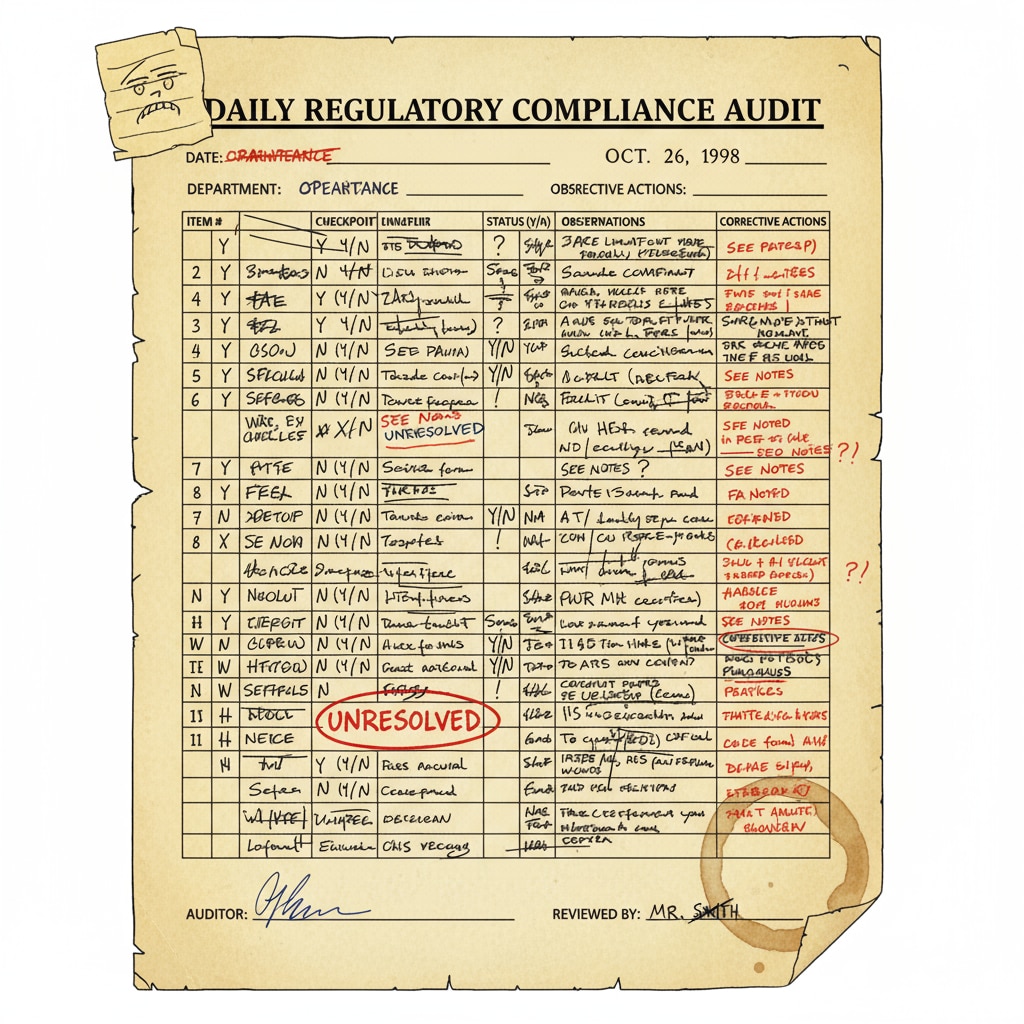In the realm of K12 education, compliance reporting, Title IX, workload, and software tools are crucial aspects that demand attention. As educational institutions strive to meet various regulatory requirements, the management of compliance reports has become a complex and demanding task. Traditional methods often fall short, placing a heavy burden on educators. Let’s delve into the current situation and explore potential solutions.

The Challenges of Compliance Reporting in K12 Schools
K12 schools face numerous challenges when it comes to compliance reporting. For example, the ever-changing regulatory landscape means that educators must constantly stay updated on new laws and regulations related to Title IX, which prohibits sex discrimination in education programs and activities receiving federal financial assistance. This requires a significant amount of time and effort to ensure that all reports are accurate and compliant. Additionally, the manual processes often used for reporting are prone to errors and inefficiencies, increasing the workload of teachers and administrators.
The Limitations of Traditional Tools
Traditional tools for compliance reporting in K12 schools, such as spreadsheets and paper-based systems, have several limitations. These tools lack the automation and integration capabilities needed to streamline the reporting process. As a result, educators have to spend excessive amounts of time collecting, organizing, and analyzing data. Moreover, the lack of real-time data access makes it difficult to make informed decisions promptly. According to Education.com, these limitations not only increase the workload but also pose risks to the accuracy and timeliness of compliance reports.

The impact of these limitations on educators is significant. They are often overwhelmed with administrative tasks, leaving less time for their core responsibilities, such as teaching and student support. This can ultimately affect the quality of education provided in K12 schools.
The Need for Digital Transformation
To address these challenges, K12 schools need to embrace digital transformation in compliance management. Digital tools offer automation, integration, and real-time data access, which can greatly reduce the workload associated with compliance reporting. For instance, specialized compliance software can automatically collect and analyze data from various sources, generating accurate reports in a fraction of the time it would take using traditional methods. This not only eases the burden on educators but also improves the accuracy and efficiency of compliance reporting.
Furthermore, digital transformation can enhance the transparency and accountability of compliance management. With digital tools, it becomes easier to track and monitor compliance activities, ensuring that schools are meeting all regulatory requirements. As stated by Education Week, investing in digital solutions can lead to a more effective and efficient compliance management system in K12 schools.
Readability guidance: By breaking down the content into short paragraphs and using lists where appropriate, we can enhance readability. For example, in the above sections, we have presented the challenges, limitations, and solutions in a clear and concise manner. Each H2 section has its own set of key points, making it easier for readers to understand the complex topic of K12 school compliance management. Additionally, the use of transition words like ‘for example’, ‘additionally’, and’moreover’ helps to connect ideas and make the flow of the article smoother.


